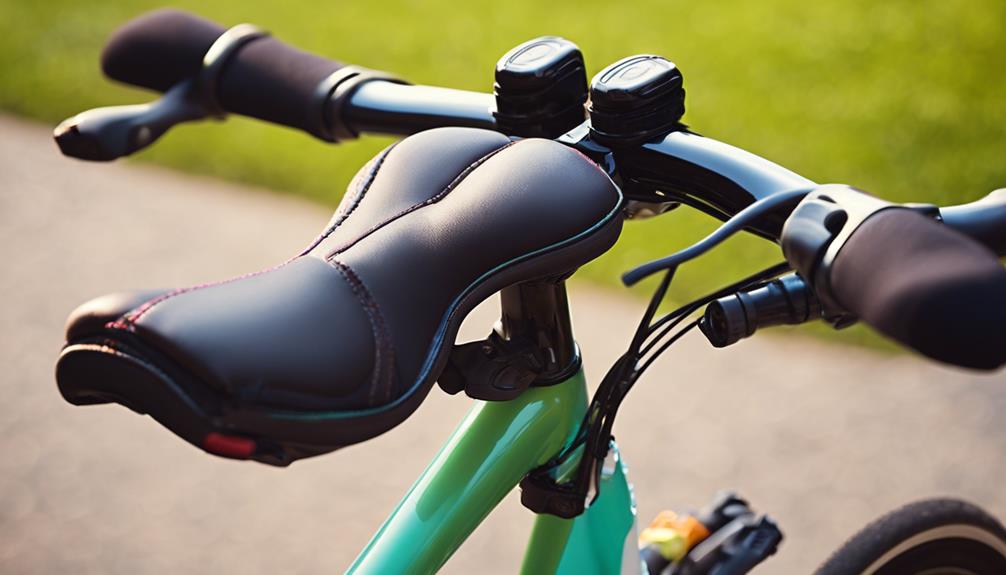In today’s fast-paced world, parents face the constant challenge of safely transporting their children while maintaining convenience and functionality. Enter the Doona bike: an innovative solution designed to bridge the gap between a stroller and a bike. This article explores the features, benefits, and potential drawbacks of the Doona bike, along with real-world examples and statistics that highlight its impact on families and urban mobility.
What is the Doona Bike?
The Doona bike is a unique child transportation device that combines the functionality of a high-quality stroller with the mobility of a bicycle. Designed primarily for infants and toddlers, it allows parents to seamlessly transition from walking to biking without the need to switch between different modes of transportation. The Doona bike is equipped with safety features and ergonomic designs to ensure the comfort and security of both the child and the parent.
Key Features of the Doona Bike
- Convertible Design: The Doona bike transforms easily from a stroller to a bike, making it incredibly versatile for parents on the go.
- Safety Features: It includes a 5-point harness, protective frame, and stability support to ensure the child’s safety during rides.
- Compact and Lightweight: The design is compact enough to fit in small urban spaces and lightweight for easy handling.
- Adjustable Handlebar: The handlebar can be adjusted to suit the height of different parents, promoting comfort during use.
- Storage Solutions: It comes with a storage basket that can hold essentials like diapers, snacks, and even small groceries.
Benefits of the Doona Bike
The Doona bike offers numerous benefits that appeal to modern parents who prioritize safety, convenience, and mobility. Here are some of the notable advantages:
- Enhanced Mobility: The Doona bike allows parents to navigate city streets and parks with ease, avoiding traffic and crowded public transport.
- Time-Saving: Transitioning from walking to biking is quick and straightforward, making errands and outings more efficient.
- Encouraging Outdoor Activity: Using a bike promotes physical activity for both the parent and child, contributing to a healthier lifestyle.
- Environmental Benefits: By reducing reliance on cars, the Doona bike contributes to lower carbon emissions and promotes sustainable transportation.
- Social Engagement: Families can participate in community biking events or family outings, fostering social interaction and bonding.
Real-World Examples: Families Who Use the Doona Bike
To illustrate the practicality of the Doona bike, consider the following case studies of families who have integrated it into their daily lives:
The Johnson Family
The Johnsons, a family of four living in an urban setting, found that the Doona bike significantly improved their daily routine. With two young children, they often struggled to manage both a stroller and a bike. The Doona bike allowed them to travel to the park, run errands, and visit friends without the hassle of multiple transportation devices. They reported that the time spent traveling was reduced by 30%, allowing for more family activities.
The Garcia Family
Living in a bike-friendly city, the Garcias adopted the Doona bike to promote a healthier lifestyle for their toddler. They integrated biking into their daily routine and found that it encouraged their child to enjoy the outdoors while also teaching them about road safety. The Garcias estimated that they saved approximately $150 per month by reducing their car usage.
Statistics on Urban Mobility and Child Transportation
The trends in urban mobility reveal a growing demand for innovative solutions like the Doona bike. Here are some relevant statistics:
- According to the U.S. Department of Transportation, biking has increased by over 24% in urban areas over the past decade.
- Research from the National Highway Traffic Safety Administration shows that more families are opting for alternative transportation methods to reduce their carbon footprint.
- A survey conducted by the National Bicycle Dealers Association found that 40% of parents are interested in multi-functional bikes for child transportation.
Potential Drawbacks of the Doona Bike
While the Doona bike presents many advantages, it is essential to consider some potential drawbacks that could impact user experience:
- Cost: The initial investment can be higher compared to traditional strollers or bikes, which may deter some families.
- Storage Space: While compact, it still requires storage space at home, which can be a limitation for families in smaller living environments.
- Learning Curve: Parents may need time to become comfortable with transitioning between stroller and bike modes, which could pose challenges initially.
Conclusion: The Future of Child Transportation
The Doona bike represents a significant advancement in child transportation, addressing the needs of modern families seeking safety, convenience, and sustainability. With its innovative design, the Doona bike successfully merges the functionalities of a stroller and a bicycle, making it an appealing choice for parents navigating urban environments.
As cities continue to evolve and prioritize sustainable transportation options, products like the Doona bike are likely to gain popularity. By improving mobility for families and encouraging outdoor activity, the Doona bike not only enhances the quality of life for parents and children but also contributes to a healthier planet.
In summary, the Doona bike is more than just a product; it is a solution that meets the needs of contemporary families while promoting a sustainable lifestyle. Its features, benefits, and real-world applications make it a compelling choice for anyone looking to improve their child transportation experience. As we look to the future, the integration of such innovative designs will undoubtedly play a crucial role in shaping the way families move and engage with their surroundings.
